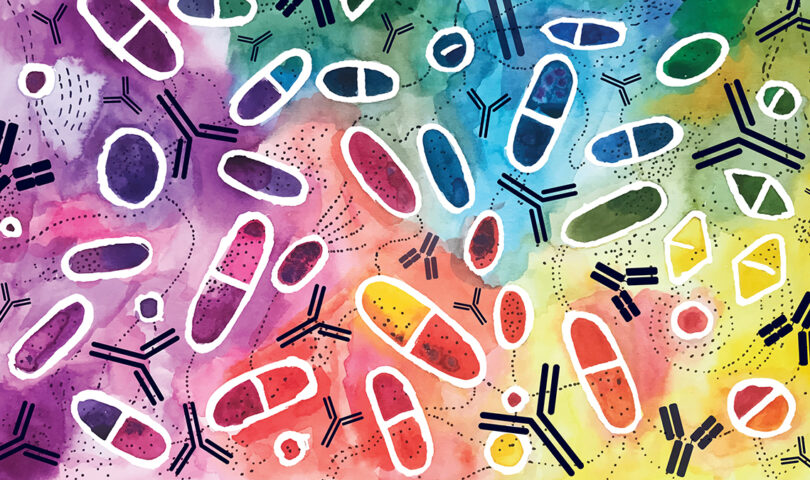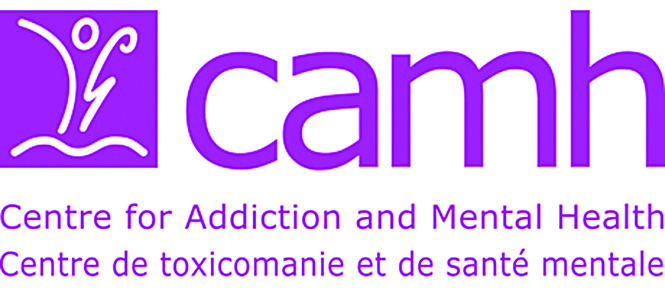Respect for Patients on Opioid Agonist Maintenance Treatments (OAMT): No Place for Stigma


Anne Kalvik, Pearl Isaac
Centre for Addiction and Mental Health
Leslie Dan Faculty of Pharmacy
It’s important for pharmacists to know that their interaction with patients is a therapeutic moment that can be beneficial or detrimental, depending on their attitude. Some of Toronto’s great community pharmacists have a significant impact on recovery and these positive relationships certainly promote patient retention!
Dale Wiebe
Physician, Addiction Medicine Service, CAMH.
5 THINGS TO KNOW
Stigma refers to negative attitudes and behaviours towards people including those treated with buprenorphine or methadone for opioid use disorders.1 Stigma may be based on fear or the belief that somehow “these people brought this (i.e. their addiction) upon themselves”. Pharmacists involved in the treatment of opioid dependence need to recognize that “a non-judgmental and non-stigmatizing attitude towards this area of healthcare is an essential starting point for quality care”3,4 Pharmacists and other pharmacy staff need to ensure that there is no place for stigma in their practice as they deliver their professional service to this or any group of patients.4, 5

Stigma has a negative effect on patient recovery.
Pharmacists’ understanding of how stigma negatively impacts patient outcomes, can inform how they interact with patients especially in view of their frequent contact with patients in Opioid Agonist Maintenance Treatments (OAMT).

All pharmacy staff needs to be ‘on board’ with delivering professional, courteous, sensitive, supportive and non-judgmental care.
Conversations, both among staff and with patients, should remain respectful at all times. Patients often overhear how and what is discussed in the dispensary.
Pharmacy staff should also be aware that many maintenance patients, both male and female, come to treatment with a history of trauma. Many have not been treated well by healthcare providers in the past. This may help to explain disruptive behaviours that are sometimes seen in the pharmacy. Some useful strategies may be to remember to be proactive in explaining procedures/expectations in the pharmacy, showing empathy, offering patients’ choices and support, and not making assumptions. Focusing on concern for the patient and using motivational interviewing techniques may help to de-escalate difficult circumstances. Modelling appropriate behaviour can help create a climate of mutual respect.

Patients are sensitive to how they are treated by pharmacy staff.
Wait Times: Patients may misinterpret longer wait times as a sign of stigma. Prepare your patients in case they have to wait longer than other patients. There’s a lot of work involved in dosing a maintenance patient–checking pattern of dosing, evaluating condition of patients, etc. This may end up taking more time than is spent for other patients in the pharmacy. It is important that pharmacy staff prepare patients for this and indicate that this is not because the pharmacy “serves other patients first”. Continuing communication is very important.
Privacy: It’s useful for pharmacy staff to discuss ahead of time why it might be preferable that patients on OAMT receive their doses in a private area. Checking under the tongue to see if a buprenorphine dose is dissolved may be problematic if other patients are in the vicinity. Drinking a methadone dose from a cup may lead other patients to ask inappropriate questions. Most patients value privacy while others may be comfortable with discrete respectful dosing in an open area.

Instilling hope and belief in the benefits of opioid dependence treatment can improve outcomes.
Recovery takes time. It’s unrealistic to expect perfect adherence to the treatment regimen. Remember most patients with chronic illnesses such as hypertension or diabetes have challenges in this regard as well. Language is important. Patients who have suboptimal adherence with other medical conditions are not stigmatized for this to the same extent as OAMT patients may be. For instance, someone with diabetes may have an “elevated glucose level”, but someone with an opioid use disorder may be described as having a “dirty urine” sample.2

Relapse happens.
Substance use disorder is, by its nature, defined as a chronic and relapsing disorder. Relapse is to be expected and should be regarded as an opportunity to learn how to manage differently in the future, not as “failure”. Patients should not be stigmatized if they have a lapse or a relapse. Retention in treatment is one important measure of success in this field. Pharmacy staff can help their patients by supporting them to make positive changes going forward. Patients have a tough time managing relapse and healthcare providers should not be discouraged when this happens. Pharmacy staff plays an important role in encouraging positive change.
REFERENCES
- Stigma (Centre for Addiction and Mental Health) http://www.camh.ca/en/education/about/camh_publications/Documents/Flat_PDFs/Stigma_brochure.pdf
- Kelly, JF, Wakeman SE, Saitzman, R “Clinicians, Language, and Quality of Care for the Leading Cause of Preventable Death in the United States” Am J Med, Jan. 2015, 128; (1), p 8-9.
- Sheridan, J. & Strang, J. Eds. (2003). Drug Misuse and Community Pharmacy. London, UK: Taylor & Francis.
- Methadone Maintenance Treatment: Recommendations for Enhancing Pharmacy Services, CAMH, 2009 http://knowledgex.camh.net/policy_health/substance_use/mmt_enhancing_pharmacy_services/Pages/default.aspx
- Van Boekel et al, Stigma amongst Health Professionals towards patients with Substance use Disorders and its Consequences for health care delivery: A systematic Review, Drug and Alc Dep 2013, 131;(1-2);p 23-36; http://refhub.elsevier.com/S0002-9343(14)00770-0/sref4